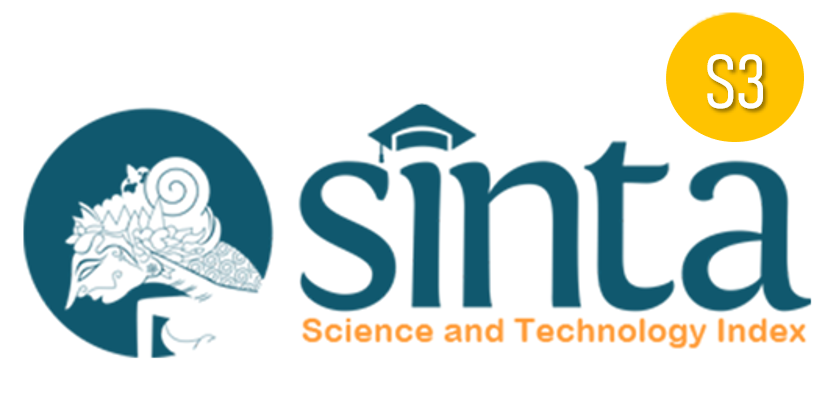E-PASYAL: An Electronic Photographic Architecture Simulation Yielding the Actual Location
Abstract
Keywords
Full Text:
PDFReferences
Biocca, F., and Delaney, B. (1995). Immersive virtual reality technology. Communication In the Age of Virtual Reality, 15(32), 10-5555.
Calingasan, R. E., Ramos, J. B., Espinosa, E. J., Casipagan, B. C., Alviar, S. C., Labung, S. T., and Natividad, R. L. (2019). Into the campus: Creating an android-based interactive virtual tour of la verdad christian college–apalit using unity 3D. Innovatus, 2(1), 1-5.
Lin, L. T., and Neo, H. F. (2024). Modelling of virtual campus tour in minecraft. Journal of Informatics and Web Engineering, 3(1), 15-40.
Mandal, S. (2013). Brief introduction of virtual reality and its challenges. International Journal of Scientific and Engineering Research, 4(4), 304-309.
Mann, S. J. (2000). The students' experience of reading. Higher Education, 39(3), 297-317.
Slater, M., and Sanchez-Vives, M. V. (2016). Enhancing our lives with immersive virtual reality. Frontiers In Robotics and AI, 3, 74.
Su, P. Y., Hsiao, P. W., and Fan, K. K. (2023). Investigating the relationship between users’ behavioral intentions and learning effects of VR system for sustainable tourism development. Sustainability, 15(9), 7277.
Zomorodian, Z. S., Tahsildoost, M., and Hafezi, M. (2016). Thermal comfort in educational buildings: A review article. Renewable and Sustainable Energy Reviews, 59, 895-906.
DOI: https://doi.org/10.17509/ijert.v5i2.82826
Refbacks
- There are currently no refbacks.
Copyright (c) 2025 Universitas Pendidikan Indonesia (UPI)

This work is licensed under a Creative Commons Attribution-ShareAlike 4.0 International License.







.png)




